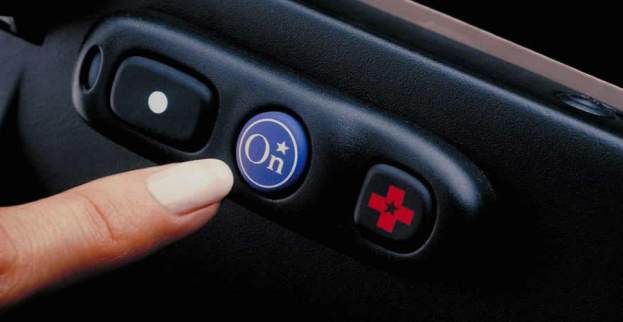
Coming this December, OnStar is opting all users into a change of the privacy policy and plans to track users that aren’t subscribed to the service. Anyone that purchases a new vehicle with built-in OnStar hardware, but doesn’t activate the software will be tracked within the company. In addition, anyone that disconnects the service without calling OnStar will continue to be tracked. While OnStar collects less important information like mileage and fluid levels, it also collects information around the status of a vehicle during an accident. For instance, OnStar records the speed, location and direction of drivers via GPS during an accident as well as if the driver and other passengers were wearing a seat belt.

This modification in the privacy policy also shifts OnStar’s position on selling data collected from the subscriber base to third-party marketers and other agencies. While personal details are stripped out and third parties are seeing a collection of anonymous statistics, this shift in policy is a complete reversal of OnStar’s 2010 policy that made sure they had explicit consent from users before sharing data with third parties.


